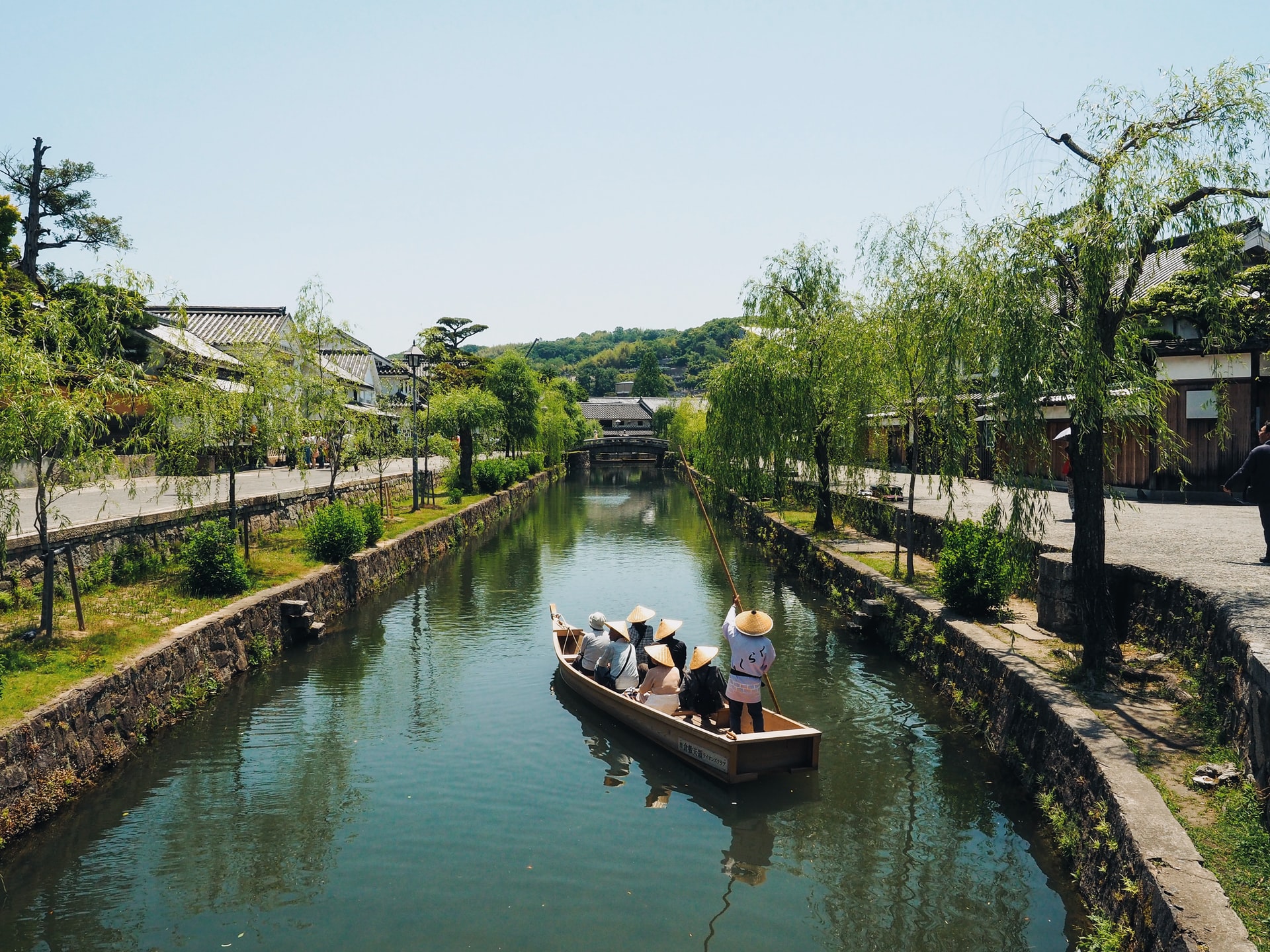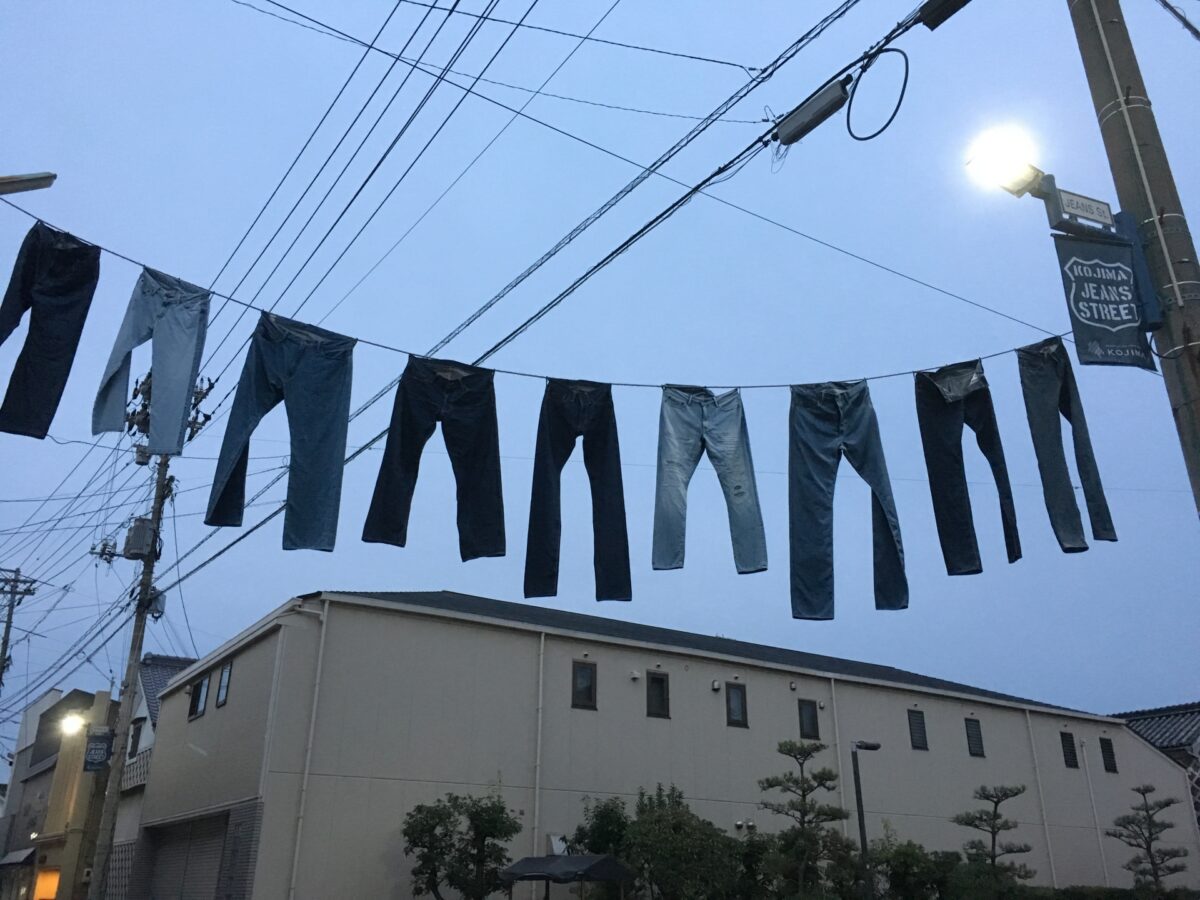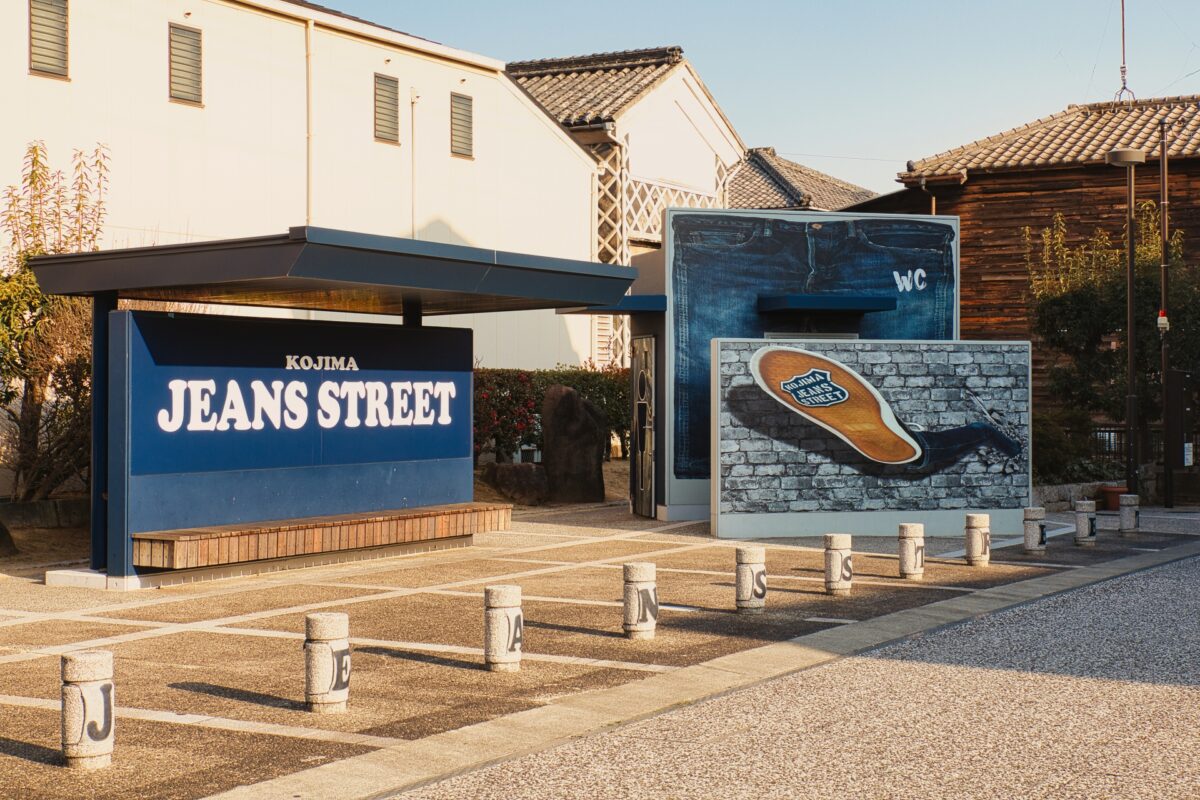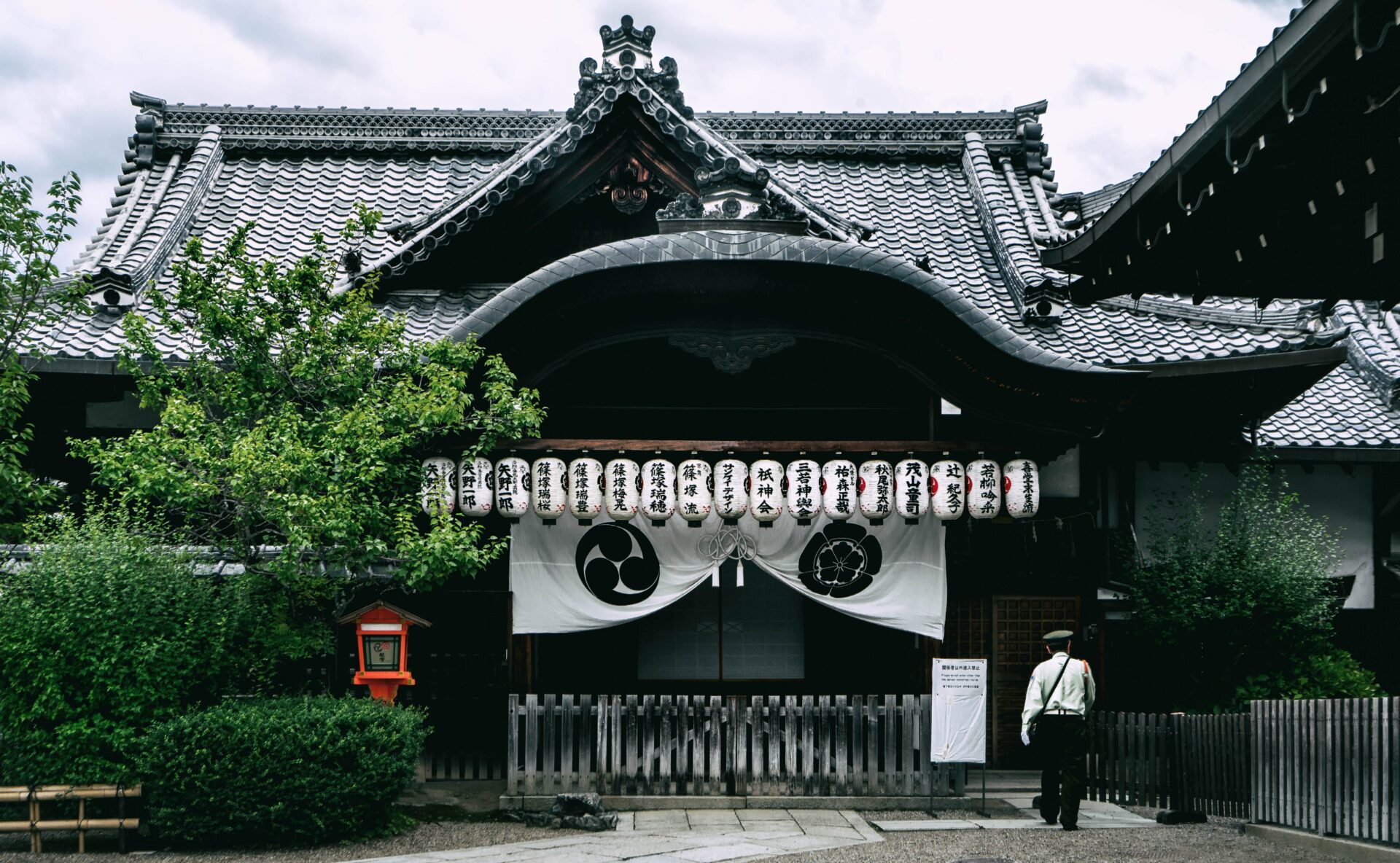Have you heard of Kurashiki (倉敷), a charming Japanese town that is known for its Edo Period canal district and old storehouses? The Ohara Museum and Ivy Square with historical significance but a trendy feel to it are other attractions of Kurashiki. Chances are that this is the first time you learn about what’s called the ‘Venice of Japan’, and that is because it is not on the average international tourists’ radar yet. Local Japanese tourists already know about the charms of this city in Okayama Prefecture though, and we would like to introduce the best tourist spots in Kurashiki to you as well!
History of Kurashiki
During the Heian Period, the area that is now Kurashiki was the stage of fights between the rival Minamoto and Taira clans. Because of its convenient location surrounded by waterways, the town grew into a port city. Kurashiki started blooming in the 17th century, when the area was used as a transportation hub for mainly rice destined for Osaka and Edo (now Tokyo), with the canals playing a vital role. Traditional black and white storehouses for the rice were built all around the canals, some of which are still standing today. During the Meiji Restoration Japan modernized at a rapid speed, factories were constructed in the area of which the Ohara Spinning Mill is famously preserved in Ivy Square.
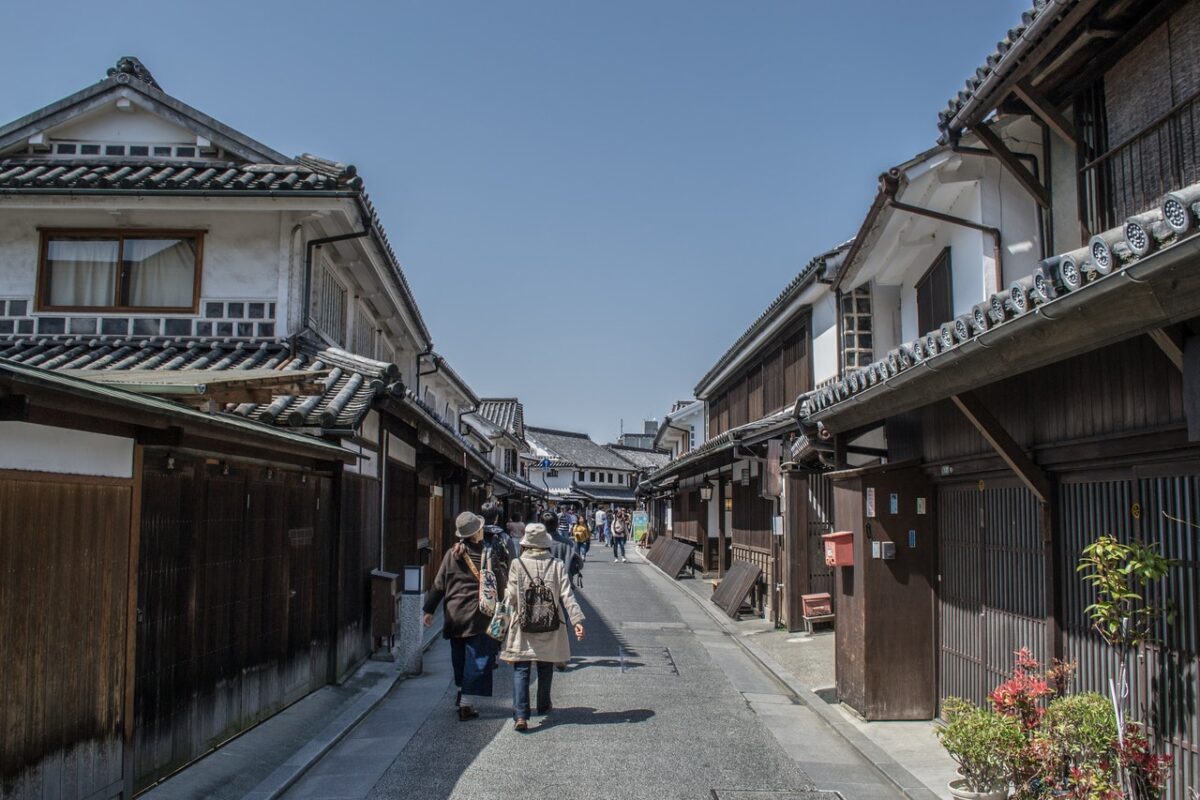
Bikan Historical Quarter
Kurashiki’s largest tourist draw is the Bikan Historical Quarter, which was elected as the ‘Most Picturesque Merchant’s Quarter in Japan’. The historical townscape has been preserved here, and you can see buildings from both the Edo Period and from the Meiji Period. This is rare in Japan, as most areas have been destroyed by natural disasters or war multiple times over. In the Bikan Historical Quarter, you can find treasures such as the Ohashi House that used to belong to a rich merchant family, the Ohara House which is a classic merchant’s house, little shops in Honmachi and Higashimachi, Kurashiki Craftwork Village, and Shinkei-en Garden. There are also several museums to enjoy like the Archaeological Museum, Ohara Museum of Art, Japanese Folk Toys Museum, and more.
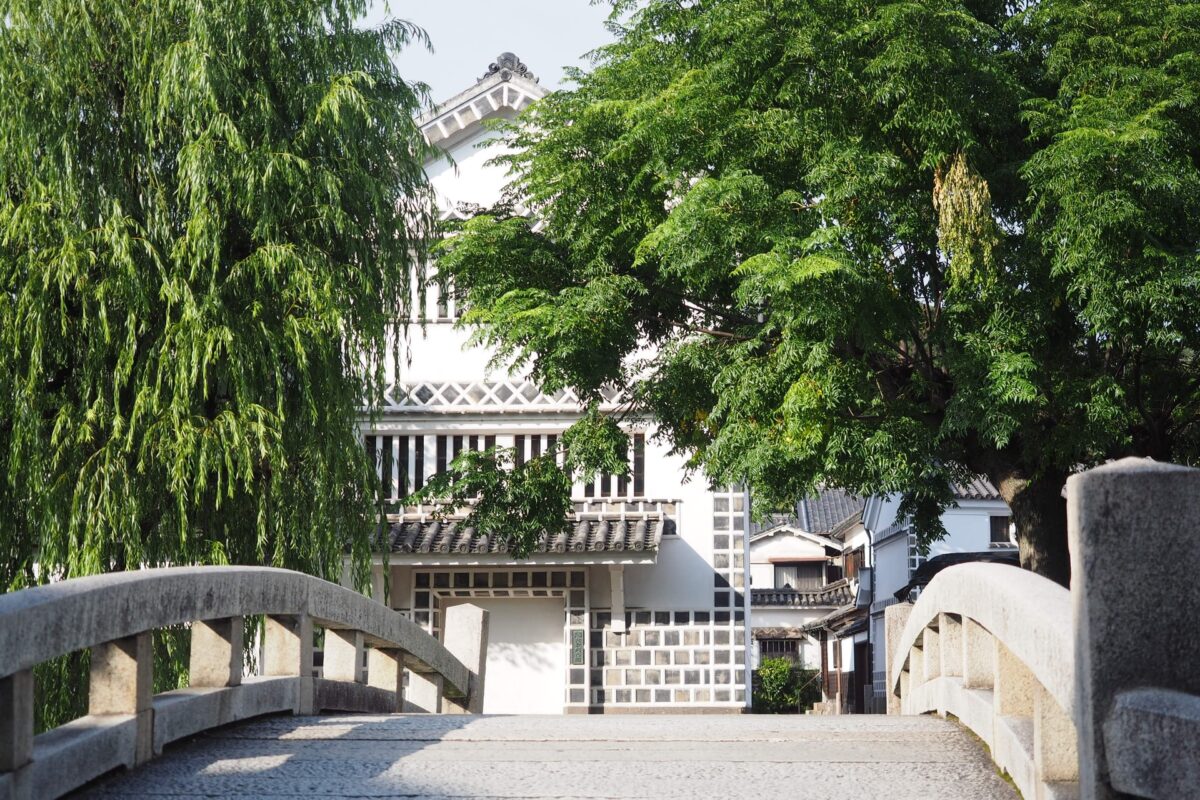
Boat Tour in Kurashiki: The Venice of Japan
Kurashiki is called the ‘Venice of Japan’ because of the many waterways that were built to connect the port with the city’s storehouses. The central area that has been preserved is very picturesque with beautiful weeping willows alongside the canals, small stone bridges, and narrow canals lined by the area’s typical black-and-white storehouses. What makes Kurashiki even more Venice-like are the gondoliers taking tourists on a boat ride along the canals. They operate 20-minute cruises for only 500 JPY per adult and 250 JPY per child year-round. Boat tours are conducted year-round, but please note that between November and February they only operate on weekends and national holidays. Tickets can be bought from the Kurashiki Tourist Information Office. This boat tour is a must-do for anyone who goes to Kurashiki!
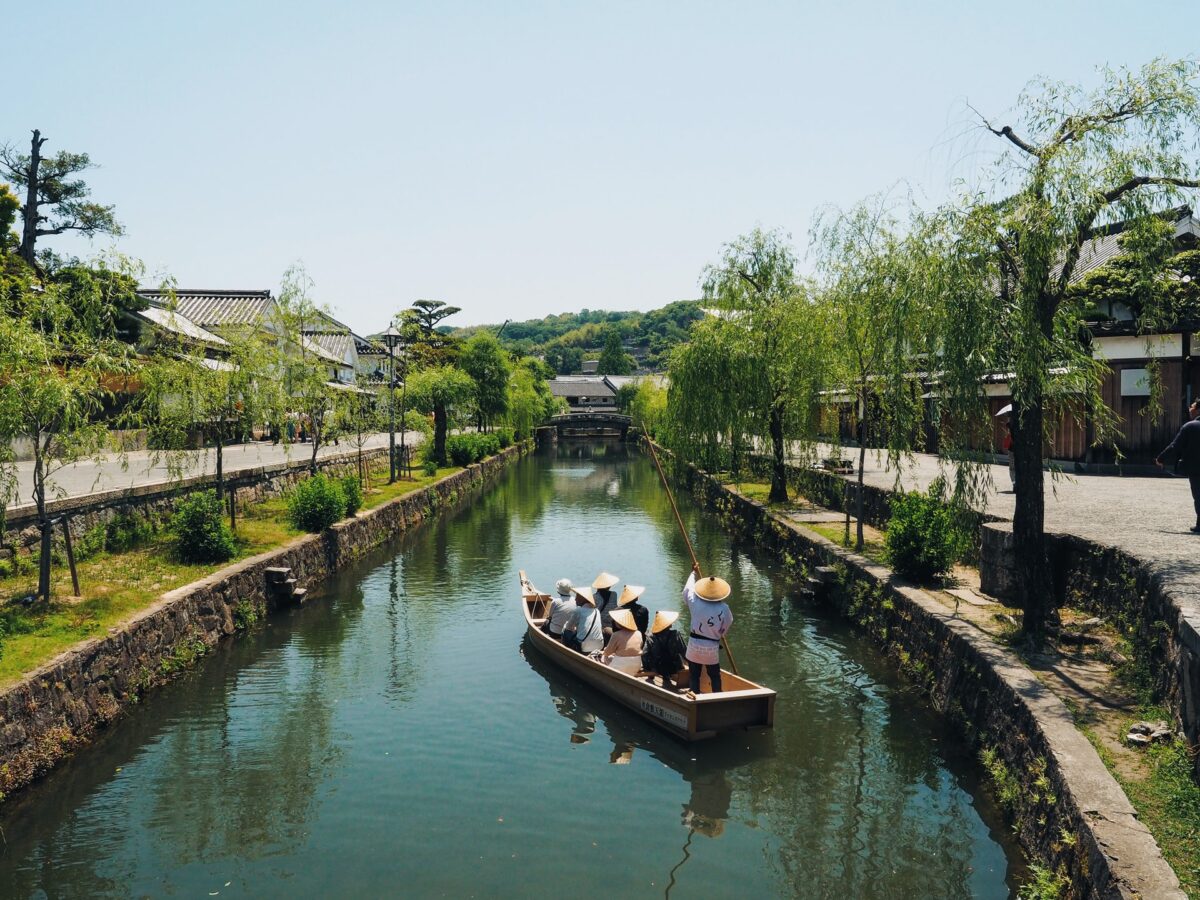
Kurashiki Ivy Square
Ivy Square is known for its characteristic Meiji-era red brick buildings that used to be part of the first cotton mill in Japan in 1889. It is very pleasant to stroll around the complex that houses restaurants, museums, and a hotel. Nowadays, the company who founded the mill is still active and produces textiles among other products. You can learn more about the company’s history in the Kurabo Museum that is open every day between 9 am and 5 pm. Other museums that are interesting to visit on Ivy Square are the Piggybank Museum, the Momotaro Karakuri Museum about one of Japan’s most famous folk stories, and the Kojima Museum that displays works by Western-influenced artist Kojima. All museums here are small and only require around 20 minutes each, so you can easily visit multiple museums in one afternoon.
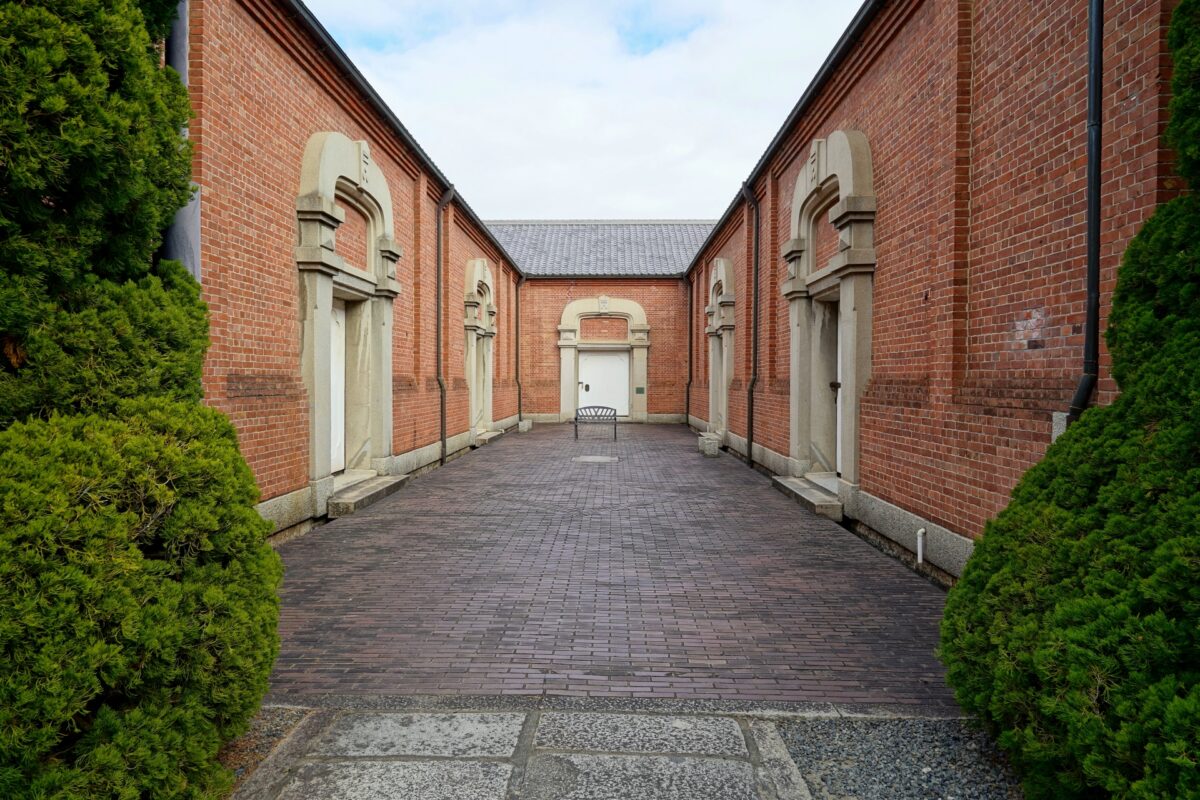
Ohara Museum of Art
The Ohara Museum of Art deserves its own special mention, as this museum is highly recommended for those who are interested in Western art by some of the most famous artists in the world. The Ohara Museum was, in fact, the very first Western art museum in Japan. You can find works by Picasso, Kadinsky, El Greco, and others in the Main Building. The other buildings’ exhibitions display works of Japanese artists, crafts like woodblock prints, and other artefacts from the Middle East and China. The earlier mentioned Kojima Museum is also a part of the Ohara Museum.
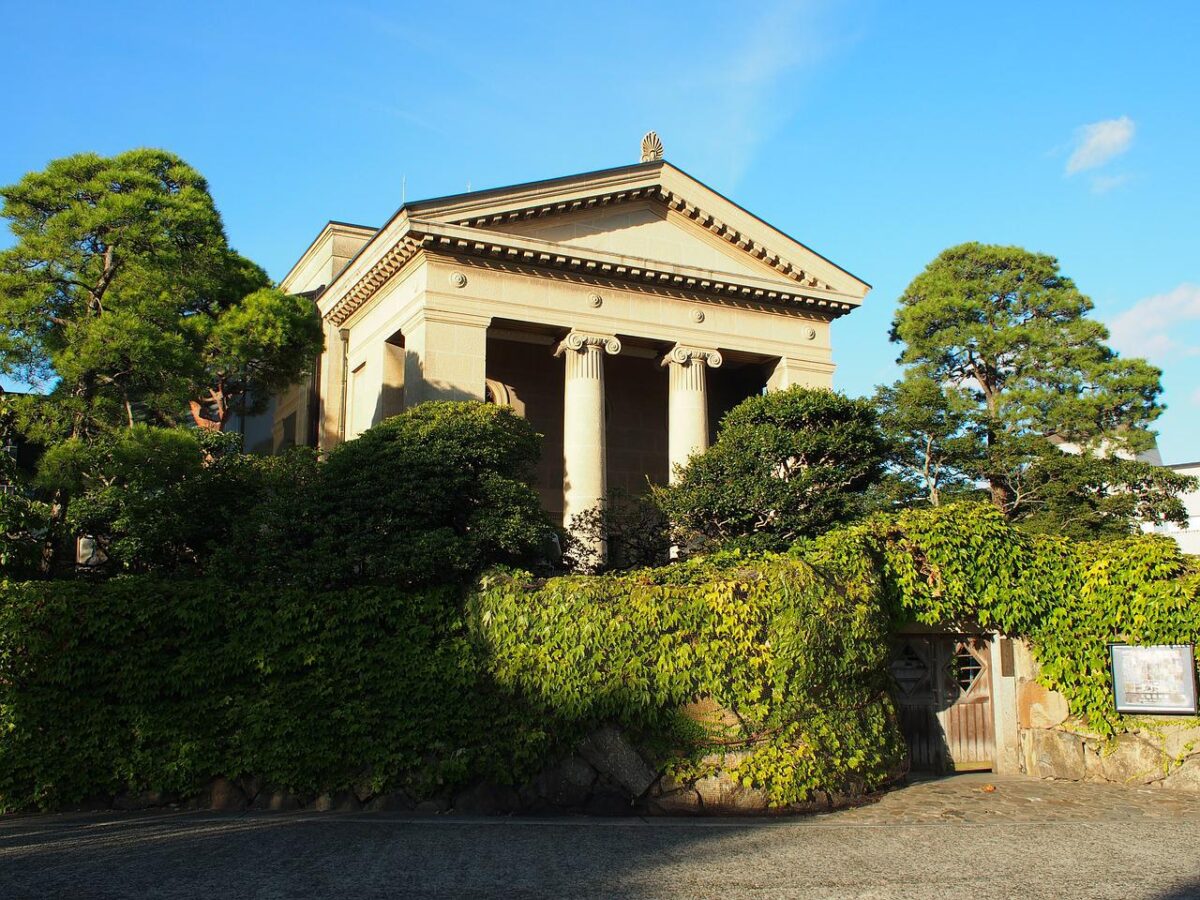
Denim from Kurashiki
There is a nice surprise in store for denim-lovers who travel to Kurashiki; Denim Street is a whole street dedicated to Japanese jeans. It bears witness to the much more recent history of Japan, as Japan-produced denim only emerged in the 1960s. There was already a history of cotton milling in the area, but when synthetic textile broke onto the scene naturally-produced cotton fell out of favor. A traditional Japanese technique called aizome (indigo dyeing) was merged with modern denim production, and jeans with a very durable blue color were born. The color is more durable because the fabric is dyed multiple times which makes the process labor-intensive and therefore the jeans from Kurashiki don’t come cheap. But if you think about how sustainable they are, investing in a great pair of jeans will pay off in the end!
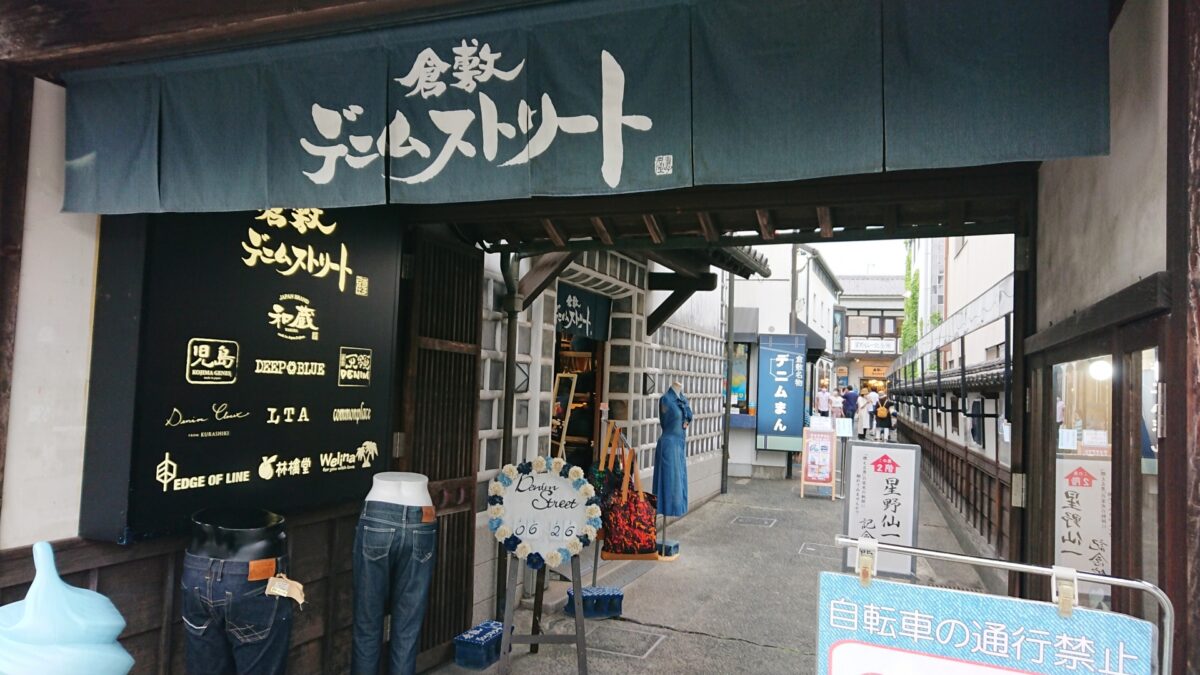
You can buy your perfect new pair of favorite jeans in one of the several little shops that offer denim products from different Japanese designers. There are also all kinds of souvenirs available that are made with denim. And if you can’t decide on what to buy, there is even a jeans sommelier available to help you choose. Let’s also not forget about the tasty blue snacks you can have here to stay in the denim-theme; there are blue steamed buns, ice cream, and pudding available in Denim Street.
How to get to Kurashiki
It takes less than 2 hours to get to Kurashiki from Kyoto by train. First, you have to take the shinkansen to Okayama (59 minutes), and here you will switch to the local Hakubi Line in the direction of Bitchu-Takahashi that will bring you to Kurashiki in 17 minutes.
If you travel from Tokyo, it is going to be a 4-hour trip by train. You will first take a direct shinkansen to Okayama (3 hours and 17 minutes), from where you will switch to the local Hakubi Line in the direction of Bitchu-Takahashi that will bring you to Kurashiki in 17 minutes. In this case, it would be a good idea to get a JR pass to save up money. Please note that the JR pass is only available to those who come to Japan on a tourist visa.
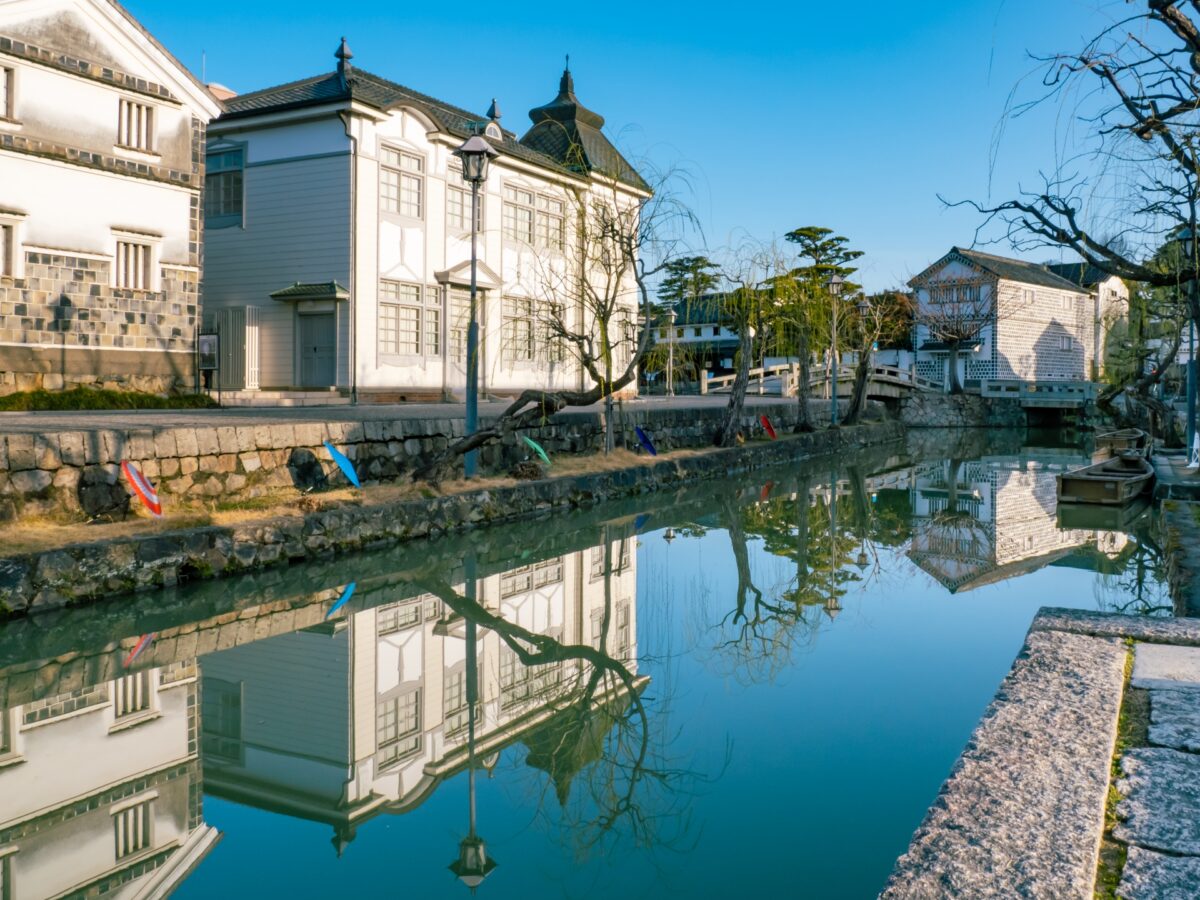
Going Off the Beaten Path in Japan
It can definitely pay off to include some off the beaten track destinations like Kurashiki to your Japan itinerary. Of course, you can’t miss the classics like Tokyo and Kyoto, but adding hidden gems will truly make your trip unforgettable. If you are looking for interesting experiences, besides our private highlight tours in cities like Tokyo, Kyoto, and Kanazawa, we also offer specialty tours like the tour that takes you near the disaster area in Fukushima, a teenage-centric shopping tour in Tokyo, and a food market and sushi making tour in Osaka. Make your trip truly special by adding an exciting tour to your travel itinerary!
Follow us on Instagram, Facebook and Twitter for more travel inspiration. Or tag us to get featured!
Happy traveling!
Other articles you might be interested in

Stefanie Akkerman moved from the Netherlands to Japan in 2013 with her Japanese husband and son. She jumped into the niche of Dutch tour guiding in Tokyo and Kamakura in 2015 and occasionally writes articles about all the great sights and activities Japan has to offer. She loves (Japanese) food, and to work that all off she goes diving, snorkeling, cycling, or hiking.
This post may contain some affiliate links. When you click through and make a purchase we may receive some commission, at no extra cost to you.
